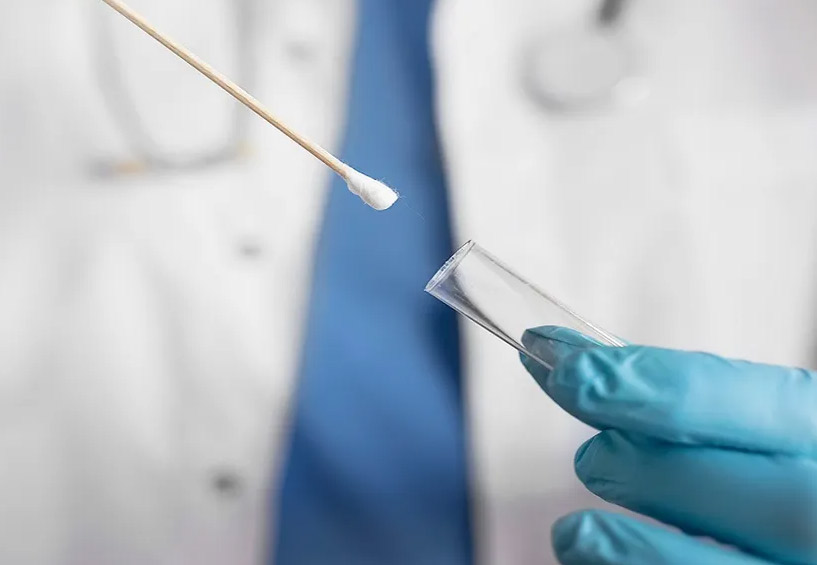In recent times, a unique testing method called anal swab has gained attention due to its accuracy in detecting viral infections. This article aims to provide a comprehensive overview of anal swabs, their procedure, uses, and recent advancements.
1. Understanding Anal Swabs:
Anal swabs, also known as rectal swabs, are a diagnostic procedure where a sterile swab is gently inserted into the rectum to collect samples for testing. This method is increasingly used in various medical settings, primarily for the detection of viral infections.

MEIDIKE GENE Anal Swabs: https://www.medicoswab.com/disposable-sterile-anal-swab/
2. Procedure to Collect Anal Swab
The anal swab procedure involves the following steps:
a) Preparing the patient: The patient is usually advised to empty their bowel before the procedure.
b) Sterilization: The healthcare professional wears gloves and ensures the swab and surrounding area are sterile.
c) Insertion: The swab, which resembles a long cotton bud, is carefully inserted into the rectum for a few seconds.
d) Sample collection: The swab is then removed and preserved for laboratory analysis.
3. Uses of Anal Swabs
Anal swabs are primarily used for diagnosing viral infections, including but not limited to:
a) Sexually transmitted infections (STIs): Detect STIs like gonorrhea, chlamydia, and human papillomavirus (HPV).
b) Gastrointestinal infections: In certain cases, employed to identify bacteria or viruses causing gastrointestinal issues.
c) Viral outbreaks: During viral outbreaks, it is used to screen individuals for diseases such as COVID-19.
Anal swabs have emerged as a valuable diagnostic tool in the medical field, contributing to the accurate detection of viral infections. This article aimed to shed light on the procedure, uses, and advancements associated with anal swabs, focusing solely on the medical aspects. It is crucial to view this testing method objectively, appreciating its significance in public health without involving any sensitive connotations.

















